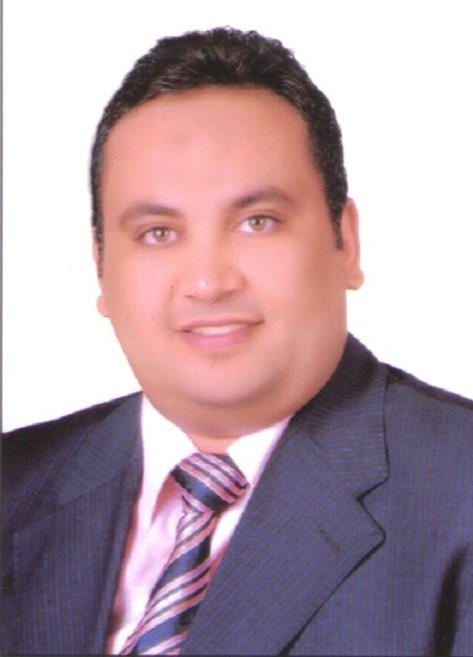Despite the modernity of the 15th May city, buildings suffer progressively from particular engineering problems which are increased over the last 10 years. Therefore, seismic refraction and MASW surveys were performed in this study to address the causes these effects. Nineteen profiles for both shallow seismic refraction and 1-D multichannel analysis of surface waves (MASW) were performed to determine the dynamic geotechnical properties of subsurface soil for building purposes and calculating Vs30 to determine the site class.
Shallow seismic refraction survey was implemented using a 48-channels signal seismograph model Strata View with vertical geophones of 40 Hz. The recorded seismic signals were analyzed using SIPT2 software package. S-waves were generated using 1-D MASW technique with a 24-channel seismograph model Strata View with 2 m geophone interval and two shooting. Field measurements were carried out by using horizontal geophone of low-frequency (4.5 Hz). SeisImager/SW software package was used for processing the seismic data. Some important elastic moduli and petrophysical and geotechnical parameters were calculated. The results of P- and S-wave velocities revealed that the study site consists mainly of three geoseismic layers; the first one is the surface layer of weathered limestone, fractured marl and fragments of gravels which characterizes by incompetent to slightly competent rock quality. The second one is underlaid the previous layer, its lithology is clayey marl of fairly to moderately competent rock quality, which causes serious problems for the buildings due to presence of clay. The third one is the hardest layer of limestone content and was employed as a bedrock layer which characterizes by good competent rock quality.

